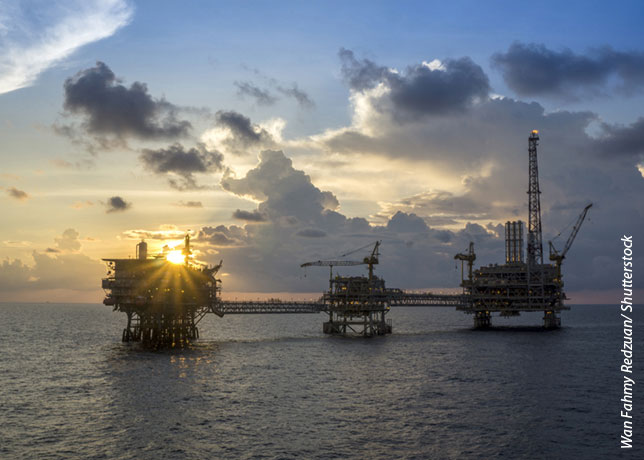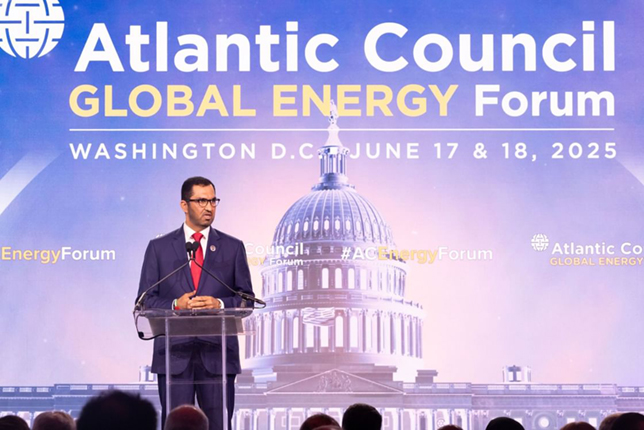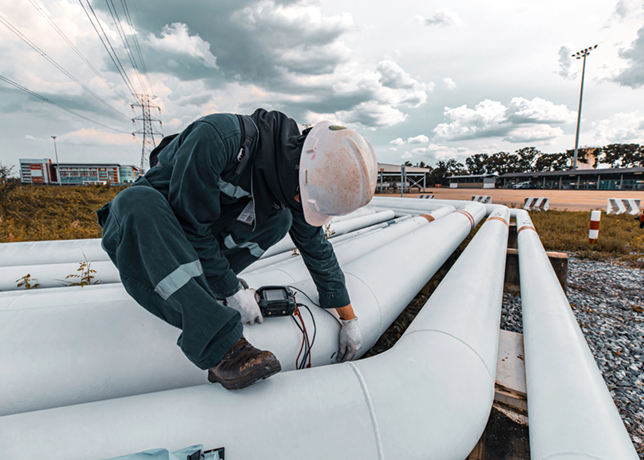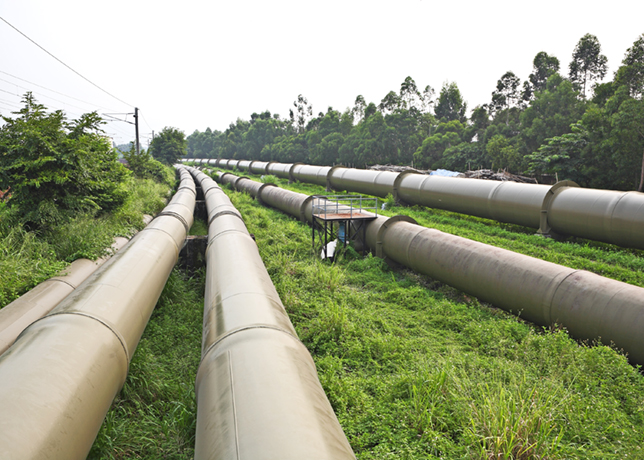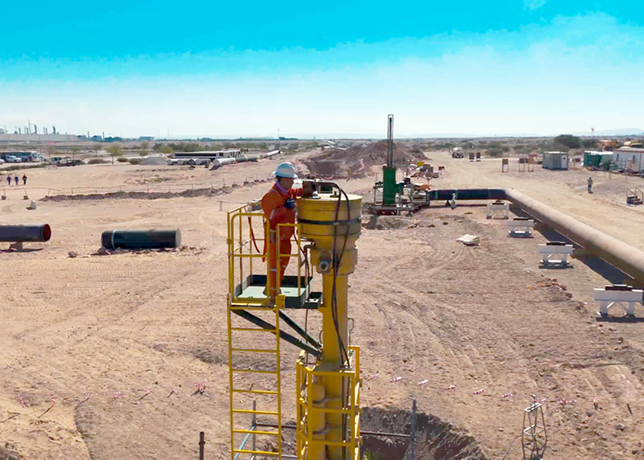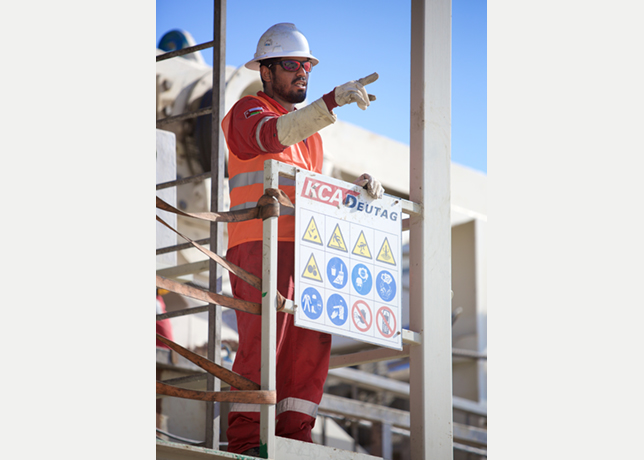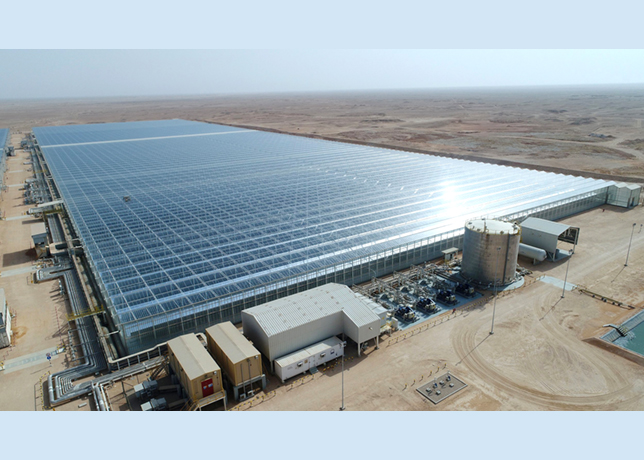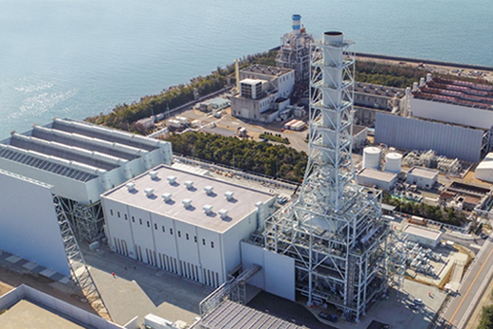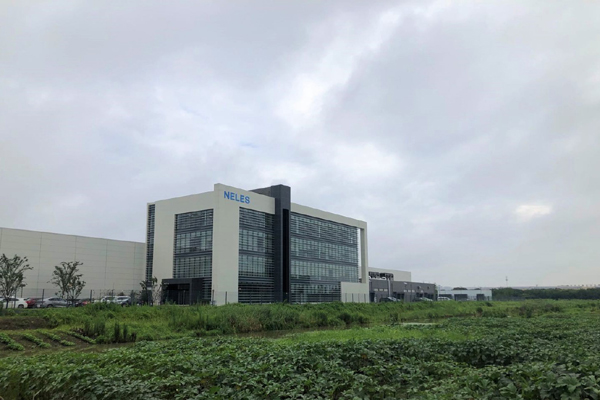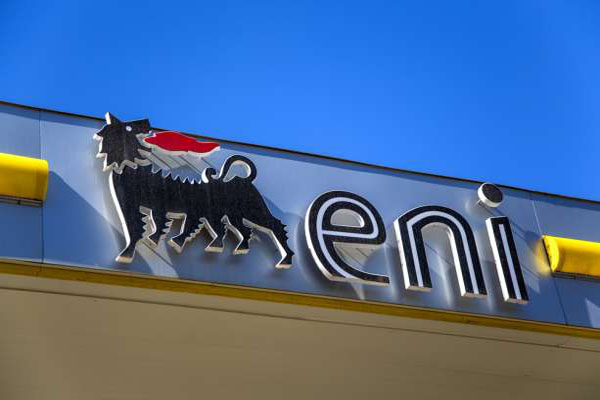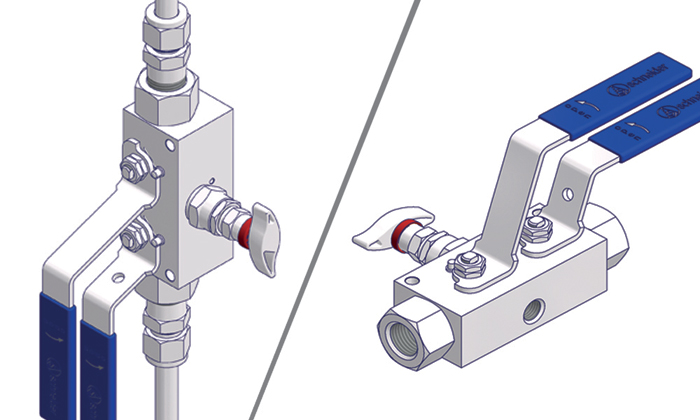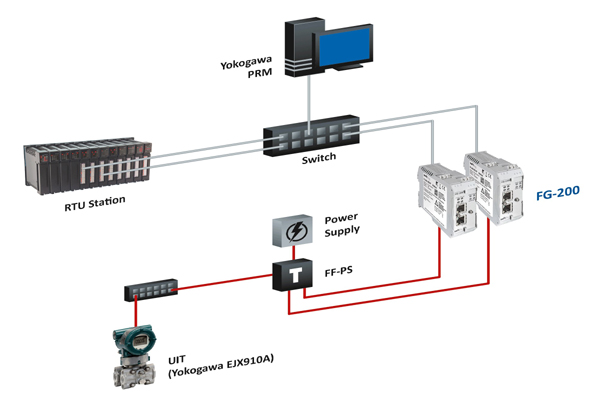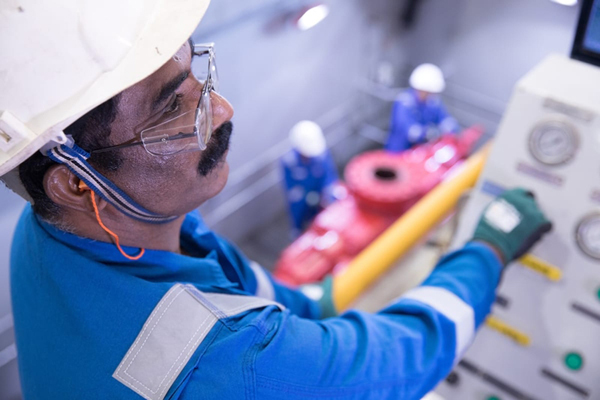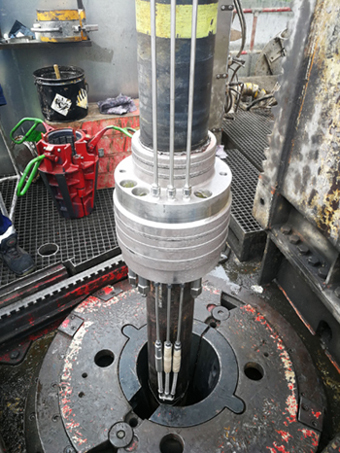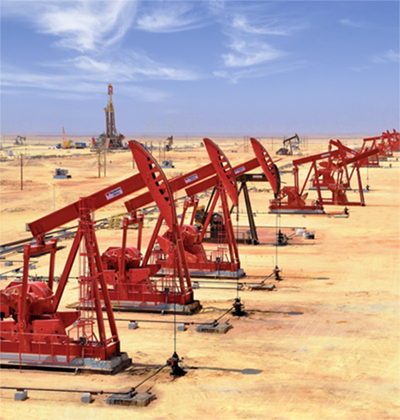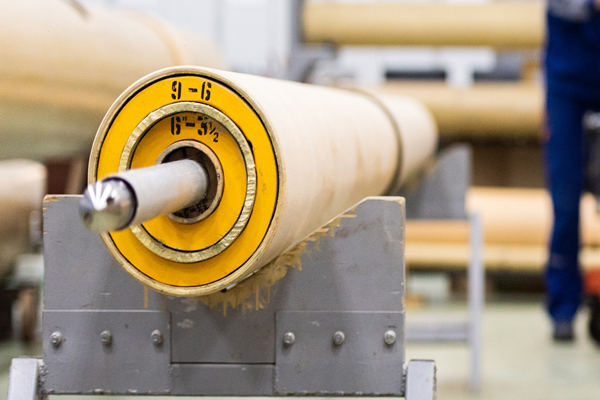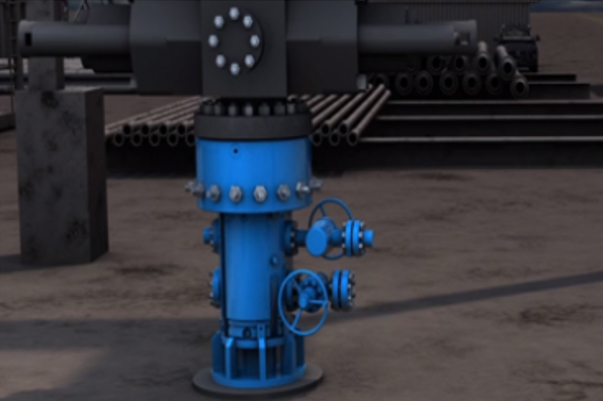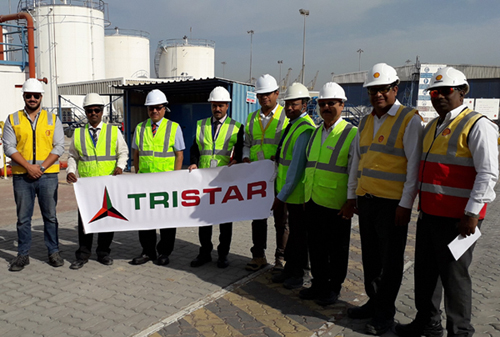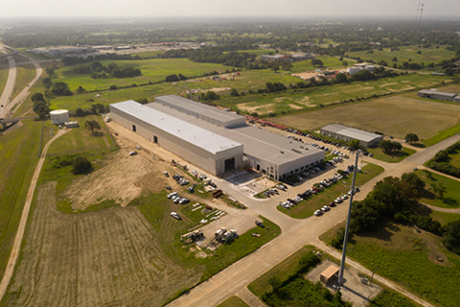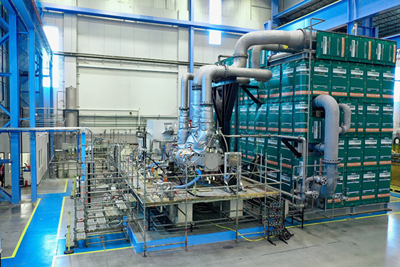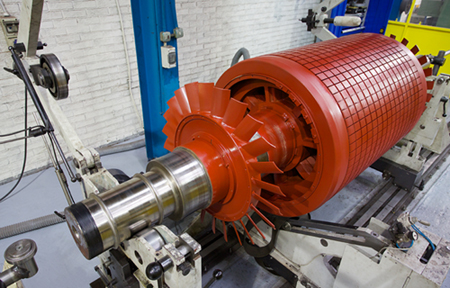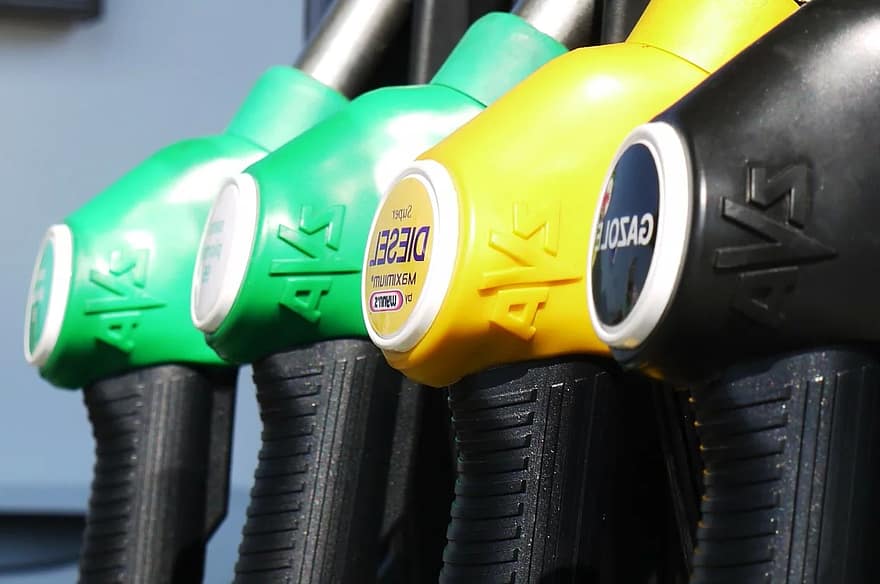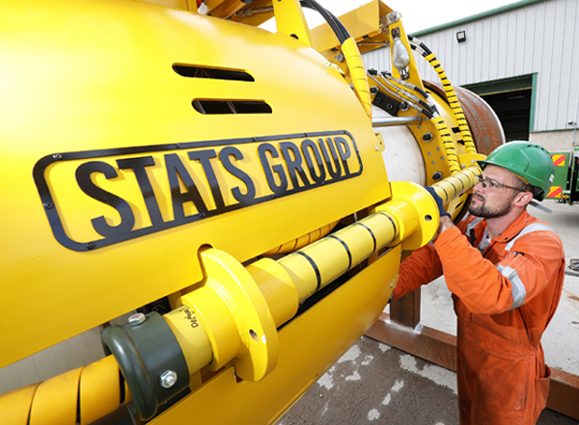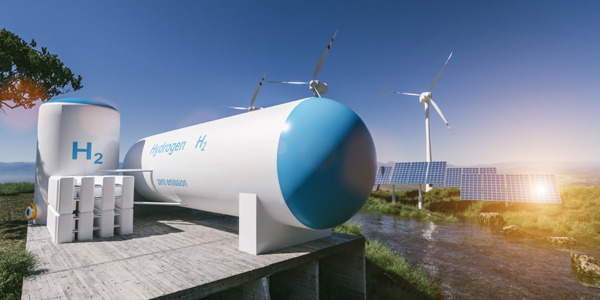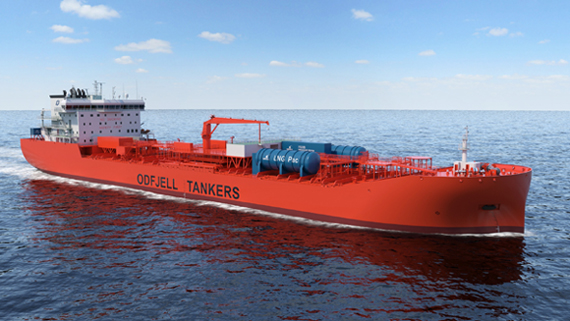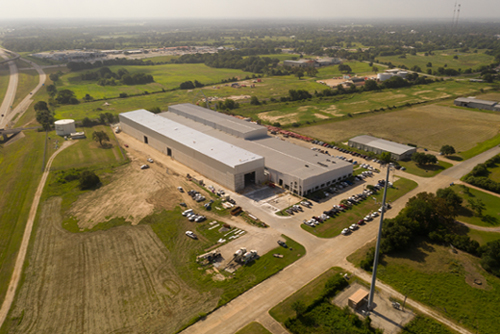

Noting that overcoming technological hurdles is nothing new to the oil industry, Saudi Aramco President and Chief Executive Officer Abdallah Jum’ah said he was confident that industry professionals could find trillions of additional barrels of producible potential through continued technological advances.
Jum’ah made his remarks during the third Opec International Seminar, as part of a panel discussion on technology and future energy supplies.
Jum’ah said the oil industry has to achieve five “technology targets” that are critical to meeting its long-term responsibility to provide energy to world economies.
The first target, he said, is continuing to identify new oilfields. Jum’ah challenged the industry’s explorationists to add a trillion barrels of oil to world reserves over the next quarter-century.
“Ambitious? Yes,” Jum’ah acknowledged. “But I am confident in our ability to attain that target, because of the tremendous advances we are seeing in a wide range of exploration technologies, including the massive computing power that supports a wide range of upstream applications.”
Jum’ah cited Saudi Aramco’s own Exploration and Petroleum Engineering Center, which has a 34 teraflop computing capacity – a 300-fold increase in capacity since 1999.
The second technology target, Jum’ah said, is to increase oil recovery rates from known fields.
He says that over the next 25 years, increasing incremental recovery rates for existing fields by 20 per cent is feasible, thereby adding another trillion barrels of oil to the world’s reserves base.
Jum’ah said that the third technology target – reducing exploration and production costs – would turn prospects that were previously not economically viable into attractive investment opportunities.
He noted that exploration and production in deep-water and extreme cold, as well as higher-cost EOR (enhanced oil recovery) applications have all become more feasible in today’s healthy price environment, leading to excellent prospects for future advancements.
Target four, Jum’ah said, is development of so-called “unconventional” oil resources.
He noted that extra-heavy oil, tar sands and bitumen account for about 4.7 trillion barrels of oil in-place, which is already being exploited. Other unconventional sources include oil shales, which pose even more thorny challenges, but with the potential for over 2.5 trillion barrels of oil, cannot be ignored.
“My final technology target today underscores each of the other four,” Jum’ah said, “and it concerns lightening the environmental footprint of our industry’s activities and of our products.”
He noted that if technology is not turned toward the environmental issue with as much urgency as it is toward exploration and production challenges, the oil industry could find itself with fewer places to look for energy.
“In other words, advanced 3-D seismic, super-detailed reservoir modeling and MRC (maximum reservoir contact) wells mean nothing without access to fields,” Jum’ah said, “which in turn is dependent upon the consent of governments and the public.”
In light of these technology targets, Jum’ah said that he believes about two trillion barrels can be added from yet-to-be-discovered fields and increased recovery rates over the next 25 years. Another 1.5 trillion barrels can be extracted from non-conventional sources using current technology.
Add these, he notes, to the 1.2 trillion barrels of current proven reserves, and the total potential is for over 4.5 trillion barrels. “That number translates into more than 140 years of supply at today’s current rate of consumption,” Jum’ah said.














